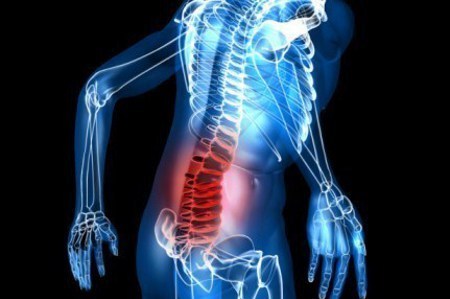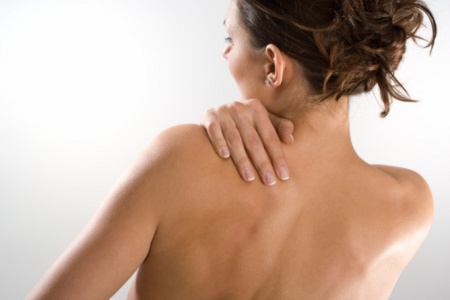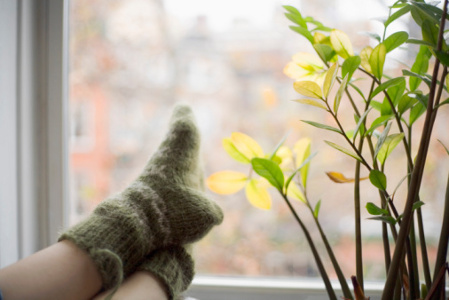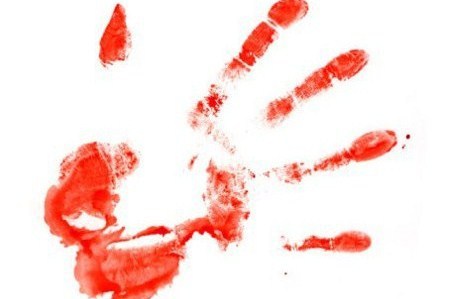Four Less Common Types of Arthritis
0 Comments
Ankylosing Spondylitis (AS)
This form of arthritis primarily affects the spine, causing inflammation of the vertebrae. The shoulders, hips, ribs, heels and small joints of the hands and feet can also be affected. The general onset is usually in younger people, between the ages of 17 to 35. Genetics, a family history of AS and a history of frequent gastrointestinal infections are risk factors. Inflammation of the spinal joints leads to severe, chronic pain and discomfort. In advanced cases, inflammation leads to new bone formation in the spine. This causes the spine to fuse in a fixed, immobile position. The resulting forward curvature of the spine is called kyphosis. The distinguishing feature of disease progression is involvement of the sacroiliac joints where the spine meets the pelvis. There is no cure for AS. Current treatment includes the use of NSAIDs, nonsteroidal anti-inflammatory drugs, disease modifying anti-rheumatic drugs and biologics or TNF-Blockers. Lifestyle treatments such as exercise, applying heat to stiff joints and tight muscles, applying cold to reduce swelling, massage and maintaining a healthy body weight are recommended to lessen pain. In severe cases, joint replacement and surgical correction of severe flexion deformities of the spine are necessary. Photo: Getty Images

Bursitis
The bursae are small, fluid-filled sacs located between the tendons, muscles, bones and at joints. Bursitis is a painful condition that occurs when bursae become inflamed. The most commonly affected joints include the shoulders, elbows and hips. It can develop in any joint, such as the knees, heel and the base of the big toe, that is subject to frequent repetitive motion. Middle-aged individuals, people who engage in hobbies or with occupations that put repetitive motion or pressure on a particular bursae are at risk for developing bursitis. Certain medical conditions such as diabetes, thyroid disease, gout and osteoarthritis, predispose a person to this condition. Stiff or achy joints, joint pain associated with movement or applied pressure and red, swollen joints are symptoms of bursitis. In general, symptoms resolve within a few weeks of proper treatment of rest, applying ice to the affected joint and taking NSAIDs. In some cases, physical therapy is recommended and corticosteroid injections are necessary. If infection is the cause, antibiotics will be prescribed. Photo: Getty Images

Gout
Gout, which is a complex form of arthritis, often affects the joint of the big toe. It can affect anyone, but men are more likely to get it than perimenopause women. After menopause, women have an increased susceptibility. The characteristic symptom is the sudden and severe attack of pain, redness and tenderness in the joints. These attacks classically occur at night without warning. High levels of uric acid in your blood lead to the accumulation of urate crystals around your joints. This causes inflammation and the intense pain of a gout attack. Normally, uric acid is dissolved in your blood and excreted by your kidneys. Increased uric acid levels can result from excessive alcohol use, a family history of gout, certain medical conditions such as untreated hypertension, gender, and being between the age of 40 to 50 years old. Complications include recurrent episodes, advanced gout with the development of nodules below the skin called tophi, and the development of kidney stones. Treatment includes the use of NSAIDs, colchicine and corticosteroids. Specific medications are prescribed to block uric acid production or improve uric acid removal, depending upon the individual case. Lifestyle remedies include drinking about eight to 16 cups of fluid daily, avoiding alcohol, eating a moderate amount of protein from low-fat sources and limiting the daily intake of meat, fish and poultry to four to six ounces. Photo: Getty Images

Psoriatic Arthritis
An estimated one in 20 individuals who suffer from psoriasis, a common, chronic skin condition characterized by red patches, develop this type of arthritis. The cause is unknown, but genetics is thought to play a significant role. Joint swelling, tenderness and skin sores are signs of psoriatic arthritis. Sometimes, the symptoms are mild and involve a few joints, particularly the joints at the ends of the fingers and toes. In other cases, symptoms are severe and involve many other joints, especially the spine. Symptoms of psoriatic arthritis of the spine include stiffness and burning and pain, generally in the lower back and sacrum. Frequently, there are skin and nail changes with psoriasis, which can worsen. A physician will often prescribe NSAIDs or salicylates to relieve pain and reduce inflammation. Disease modifying antirheumatic drugs are used to treat severe cases. TNF blockers are the latest treatment that block an inflammatory protein. Steroid injections are another treatment option. In rare cases, joint replacement surgery is necessary. Rest, physical therapy and the use of cold/heat applications are recommended in conjunction with the use of medications. In general, the prognosis is good when only a few joints are mildly affected. In limited cases of severe psoriatic arthritis of the hands, feet and spine, deformities can result. Photo: Getty Images
Add a CommentComments
There are no comments yet. Be the first one and get the conversation started!